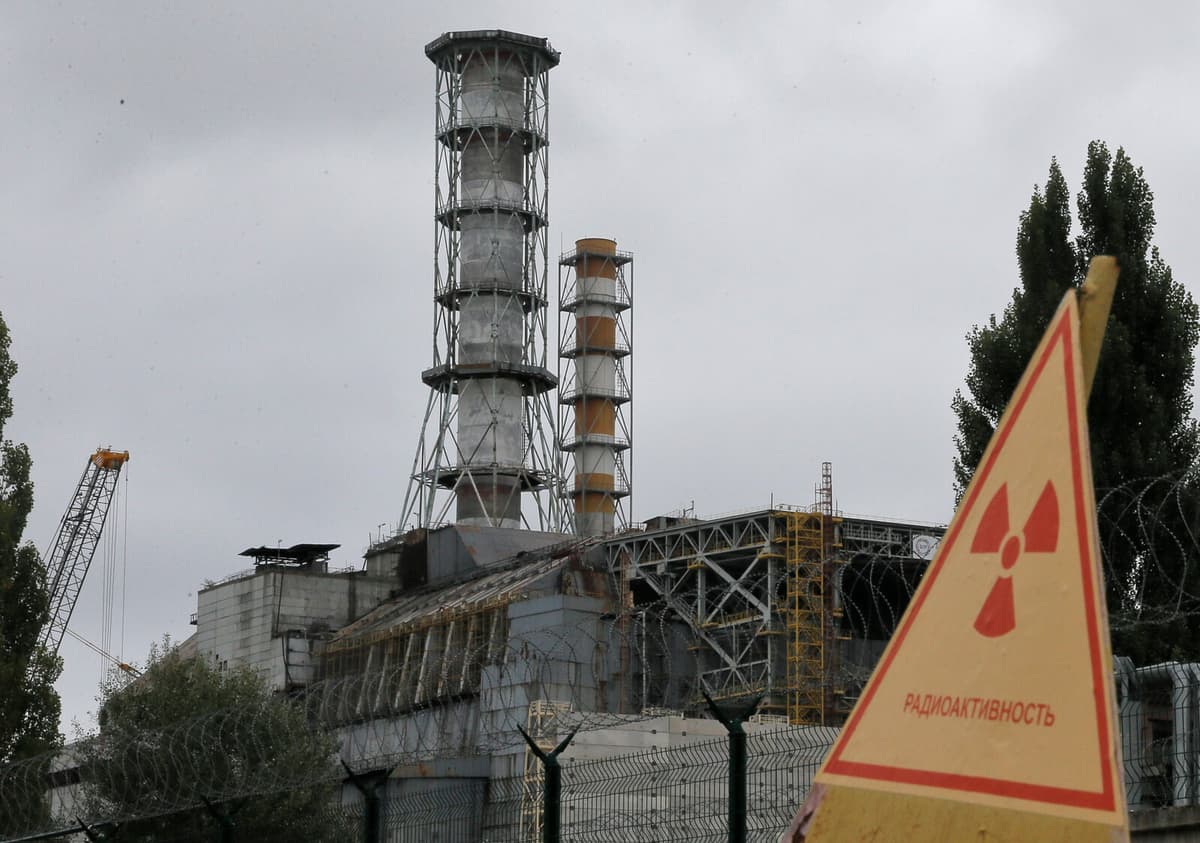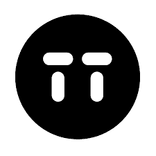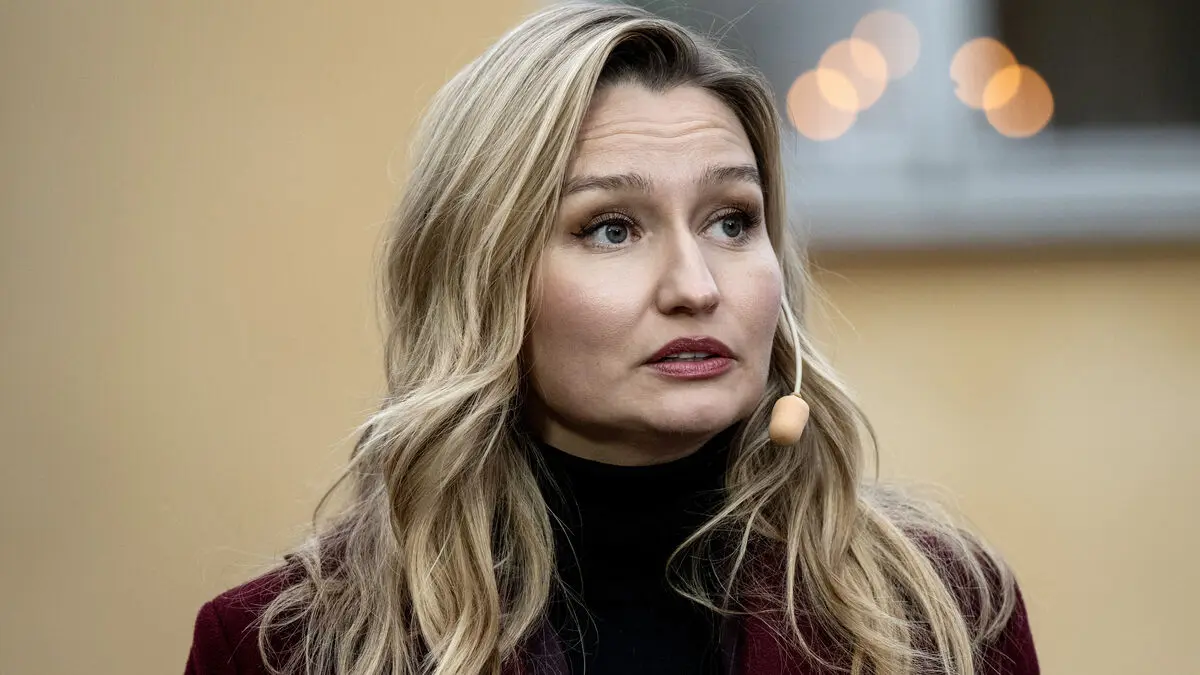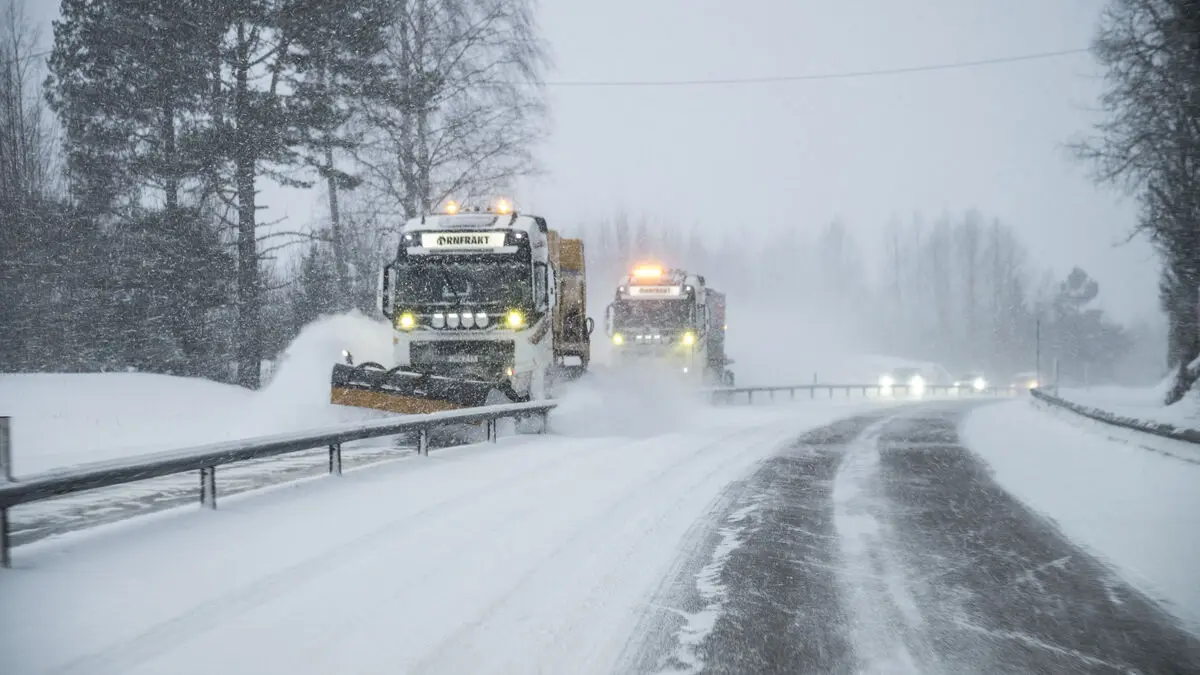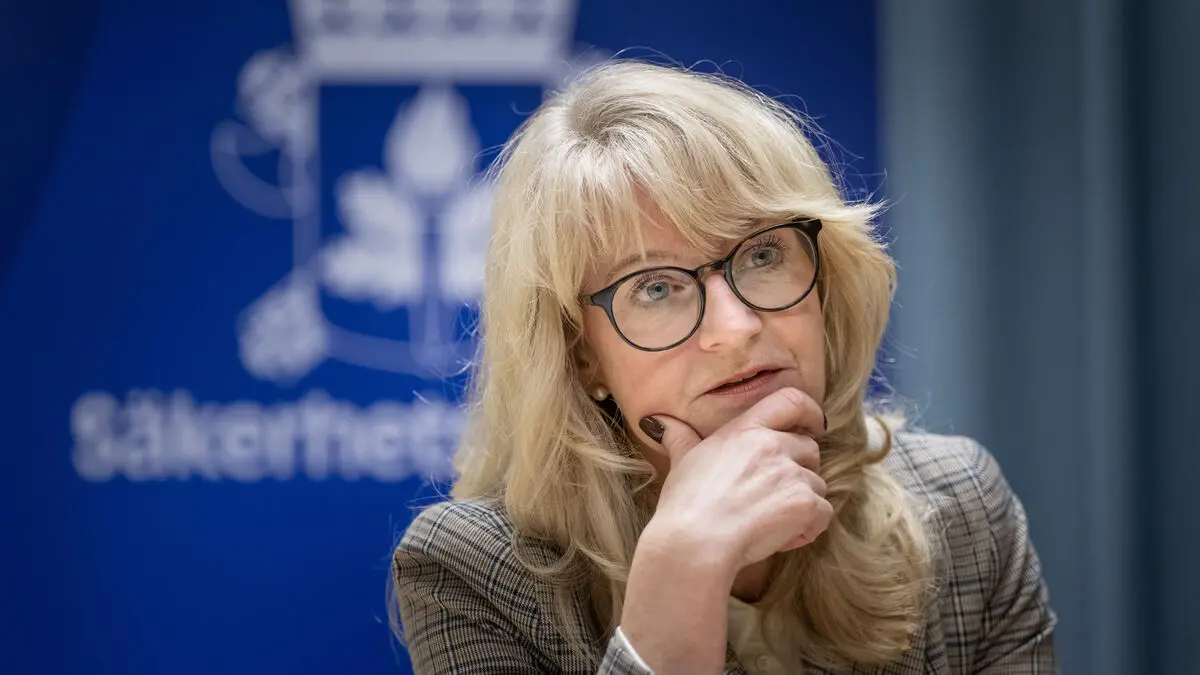After the accident occurred in 1986, substances such as cesium-137 spread to Sweden, which led to areas such as northern Uppland, Gävleborg and Västerbotten being affected by the radioactive substance.
Since then, the levels have decreased. In almost all lakes today, we estimate that the values will be below the limit value for sale that the National Food Agency has, says Pål Andersson.
The limit value is 1,500 becquerel per kilo of fresh fish, which makes it possible to eat fish a few times a week. High levels of the substance increase the risk of cancer.
Last year, the Swedish Radiation Safety Authority made a similar mapping - but of mushrooms. Around 800 mushrooms were sent in and the authority sees that there is an interest in participating.
In any case, from those who were involved in 1986, who kind of still have this little worry.
Lina Conrad/TT
Fact: How will the fish be analyzed?
TT
From August 11 to November 28, it is possible to digitally report and then send in fish to the Swedish Radiation Safety Authority.
It must be at least 100 grams of skin-free fish fillet that is sent in.
The fish is then received at a laboratory, where it is analyzed.
The areas covered in the mapping are Västerbotten, Jämtland, Västernorrland, Gävleborg, Uppsala, and Västmanland counties.
Source: Swedish Radiation Safety Authority

